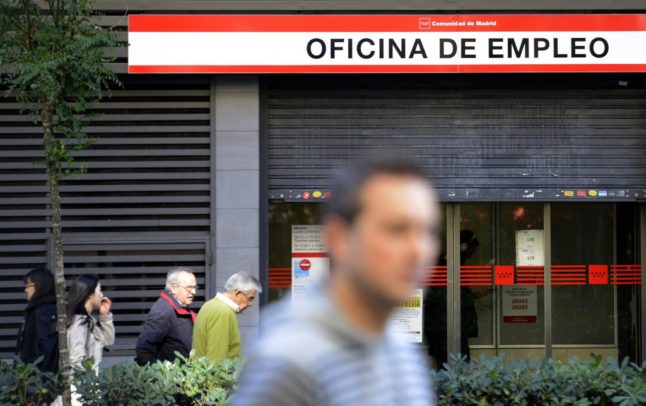In a word, yes: you can claim unemployment benefits and be self-employed as well in Spain. But there are some caveats.
Since 2015, people have been allowed by Spanish law to register as self-employed and receive unemployment benefits at the same time, whereas in the past you would stop receiving unemployment benefits automatically the moment you registered as self-employed. Royal Decree 4/2013 and Law 31/2015 changed all that.
In Spain cobrar el paro (to receive unemployment benefits) is a right of all workers who’ve made at least 360 days of social security contributions in the last six years, and in some cases you can even qualify if you’ve only worked for three or six months.
READ ALSO: How much severance pay will I receive if I get fired in Spain?
The maximum period for which you can claim unemployment benefits while you are registered as a self-employed person is 270 days.
That is, you will be able to receive unemployment for the first nine months from the date you become self-employed.
There are also some rules, of course. In order to to be able to get unemployment benefits as a self-employed person in Spain you:
- Cannot do any type of work as an ’employee’. In this case, your unemployment benefits are withdrawn.
- Do not need to comply with the usual obligations as a ‘job seeker’ as a self-employed person.
- Must not have been self-employed and claiming unemployment at the same in the previous 2 years.
- Can’t become a partner in a commercial company.
How much is it?
According to the Spanish government, “unemployment benefits are calculated according to the regulatory basis; this is the average of the contribution bases of the last 180 days of work prior to unemployment. The amount of unemployment benefit during the first 180 days will be 70 percent of the regulatory base, and from day 181 it will be 60 percent of that base”.
READ ALSO: Spain approves new €600 per month unemployment benefit for artists
The exact amount you’re entitled to, based on that calculation, may not be lower than the minimum limit or higher than the maximum limit established by Spain’s IPREM – the index reference used to calculate state aid such as the minimum wage and unemployment benefits.
For 2023, the Spanish government set the monthly IPREM at €600.
Based on that, the minimum amount of unemployment benefit for 2023 will be €560 (without children) and €749 for this with dependent children. The maximum is €1,225 for people without children and €1,400 for people with one child, and €1,575 for people with more than one dependent child.
You can find more information about the minimum and maximum benefits here.
Self-employed in Spain
Spain reportedly ended 2022 with 3,329,863 self-employed people, with most autónomos working in commerce, agriculture, construction, hospitality, science and tech industries.



 Please whitelist us to continue reading.
Please whitelist us to continue reading.
Member comments